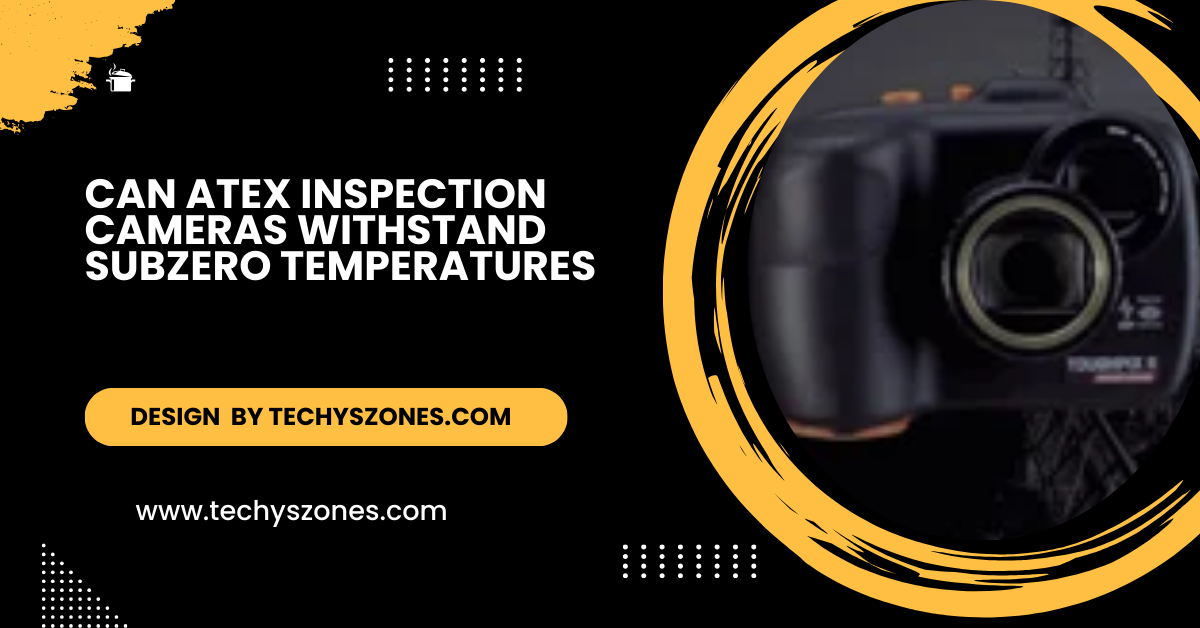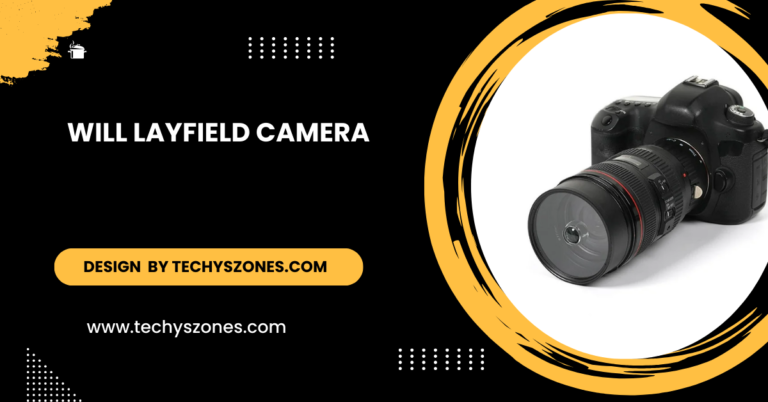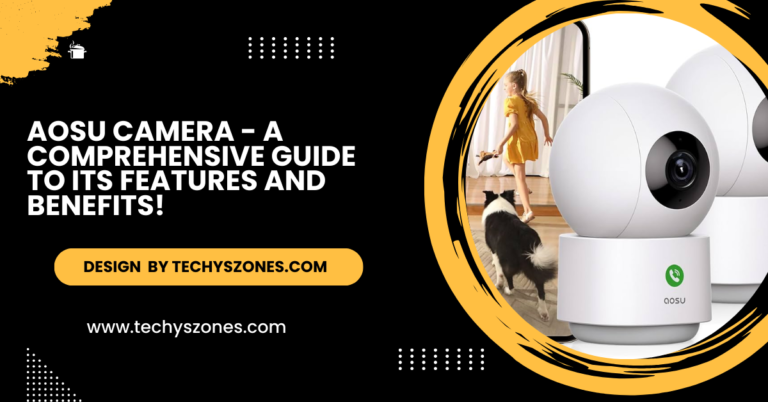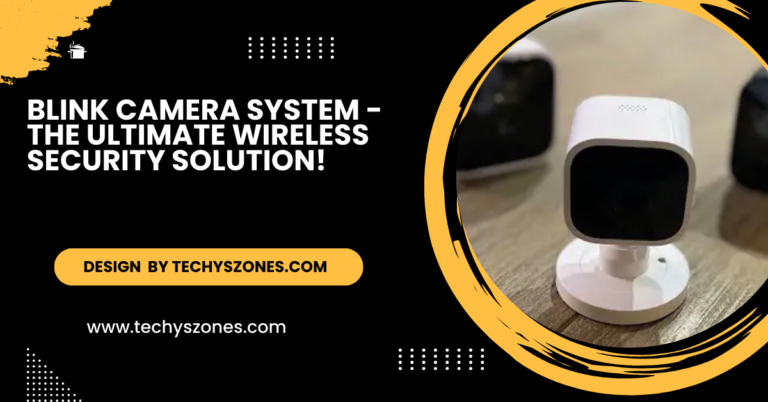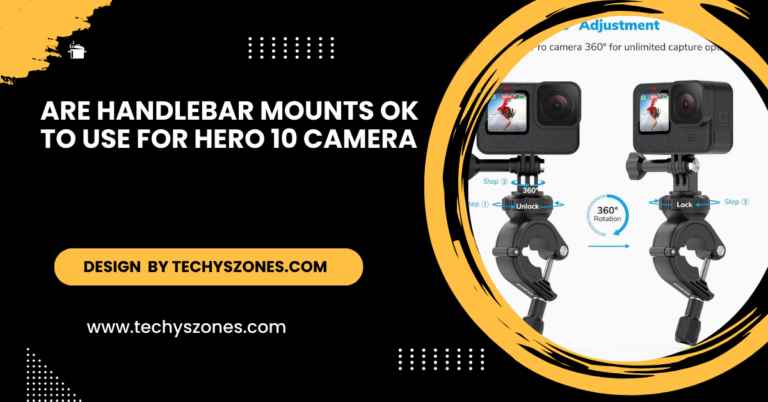Can Atex Inspection Cameras Withstand Subzero Temperatures – An In-Depth Analysis
Explore ATEX inspection cameras’ performance in subzero temperatures, including construction, cold-weather features, and best practices for reliable operation.
In this article, we examine ATEX inspection cameras’ performance in subzero temperatures, highlighting their robust design and unique features. Discover how these cameras operate in extreme cold and get tips on maintaining their reliability in harsh environments.
Understanding ATEX Inspection Camera:
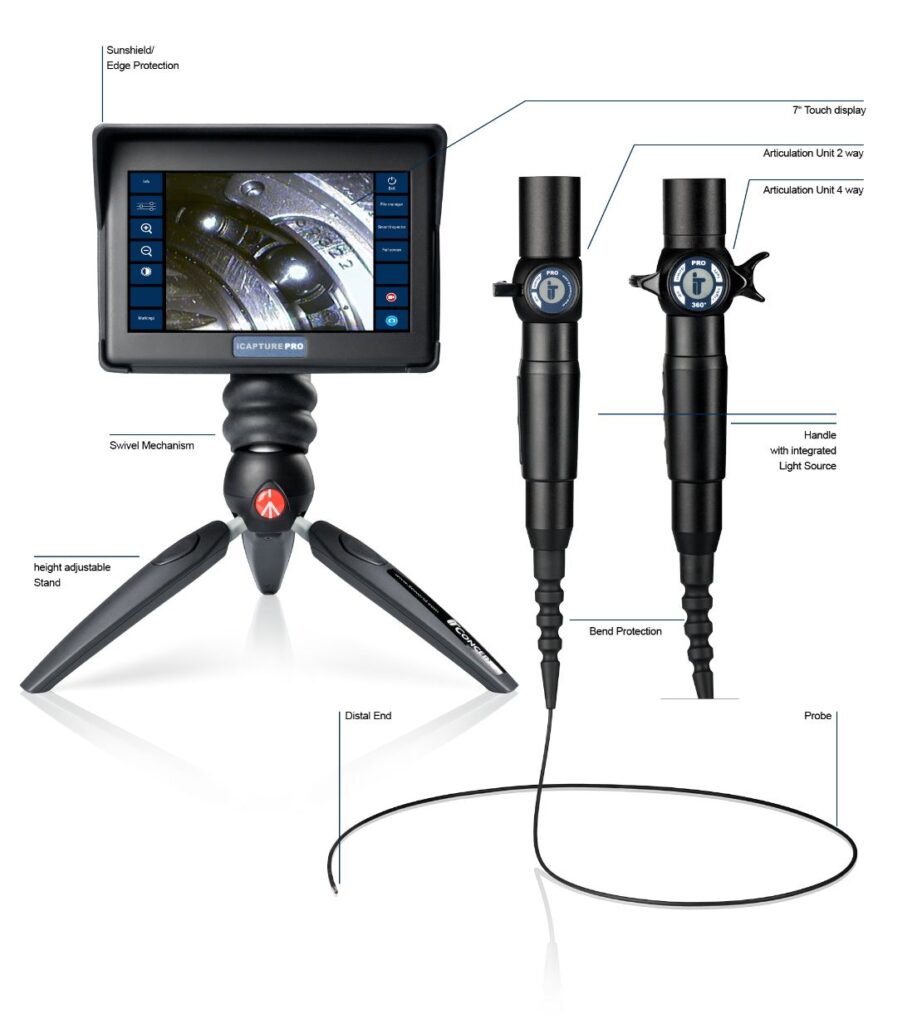
ATEX inspection cameras are not only designed to prevent ignition in hazardous environments but also to deliver high-quality visuals and durability.
They often feature robust construction with materials that can withstand harsh conditions, including extreme temperatures and physical impacts. These cameras are equipped with advanced imaging technology, allowing them to provide clear and detailed views even in challenging environments.
By combining safety with performance, ATEX inspection cameras ensure that inspections and maintenance tasks can be conducted safely and effectively, regardless of the surrounding conditions.
Construction and Design for Extreme Cold:
One of the key features of ATEX inspection cameras is their robust construction. Designed to operate safely in challenging environments, these cameras are also built to withstand various physical stresses, including extreme temperatures. Here’s how they manage the cold:
Material Selection:
ATEX inspection cameras are constructed from high-strength, cold-resistant materials. These materials, including advanced polymers and metals, are chosen for their ability to maintain structural integrity and operational functionality in freezing temperatures. The design ensures that the camera remains durable without becoming brittle or prone to cracking.
Temperature Specifications:
Each ATEX inspection camera has a specified operating temperature range. Many models are rated to function effectively in temperatures as low as -20°C (-4°F), while others can handle even lower temperatures. It is essential to check the camera’s datasheet or manufacturer’s specifications for precise temperature limits to ensure it meets the demands of your environment.
Also Read: Apogee Camera Fan Setting Error – A Complete Guide 2024!
Battery Performance:
Cold temperatures can significantly impact battery life and performance. ATEX cameras designed for extreme cold often feature high-capacity, cold-resistant batteries that maintain efficiency even in freezing conditions. Some models include built-in battery heaters to prevent performance degradation and extend operational time.
Operational Components:
The camera’s internal components, such as lenses and electronic controls, are also adapted for cold weather. High-quality ATEX cameras incorporate heating elements to prevent lens fogging and maintain clear imaging. Additionally, controls are designed to be operable even when wearing gloves, ensuring ease of use in cold conditions.
How do ATEX inspection cameras perform in subzero temperatures, and what are the best practices for using them in extreme cold?
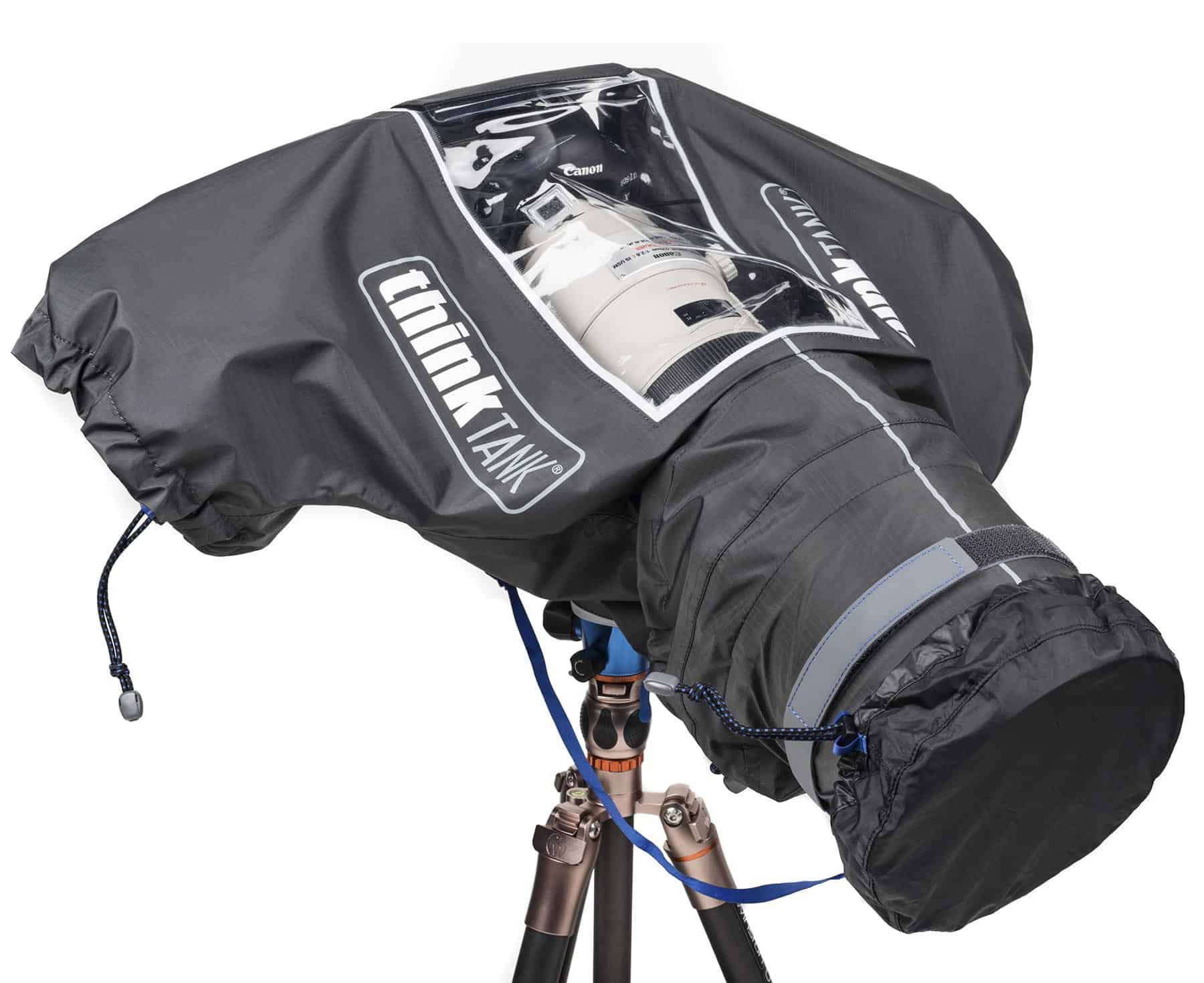
ATEX inspection cameras are specifically designed to operate safely in hazardous environments, including subzero temperatures. These cameras feature robust construction with materials that resist brittleness and maintain functionality in extreme cold. They often come with cold-resistant batteries and heating elements to prevent lens fogging and ensure clear imaging. Many models can function effectively in temperatures as low as -20°C (-4°F), though exact limits vary by manufacturer.
This ensures that inspections can be carried out reliably even in freezing conditions.Best practices for using ATEX cameras in cold weather include allowing the camera to gradually acclimate to the environment to avoid condensation, using protective covers to shield it from direct cold and moisture, and regularly maintaining the camera to prevent cold-related issues.
Consulting the manufacturer’s guidelines for specific temperature ranges and operational advice is crucial to maximize the camera’s performance and longevity. By following these steps, you can ensure that your ATEX inspection camera remains a dependable tool in extreme cold conditions.
Detailed Performance Analysis:
ATEX inspection cameras are tested rigorously to ensure they perform reliably under various conditions. Here’s a closer look at how they handle subzero temperatures:
Lens and Image Clarity:
In subzero temperatures, lenses can become fogged or ice-covered, impacting visibility. Many ATEX cameras are equipped with anti-fogging and anti-icing features, such as built-in heaters that maintain lens clarity. This ensures that inspections are conducted with high-quality, clear images regardless of the cold.
Electronic Stability:
Cold temperatures can cause electronic components to become sluggish or unresponsive. ATEX inspection cameras are designed with temperature-stabilized electronics to prevent performance issues. This includes insulated wiring and circuitry that operate reliably in low temperatures.
Mechanical Durability:
Mechanical parts, such as moving components and connectors, can be affected by extreme cold. ATEX cameras use lubricants and materials that remain functional in freezing conditions to ensure smooth operation and prevent mechanical failures.
Best Practices for Using ATEX Cameras in Cold Environments:
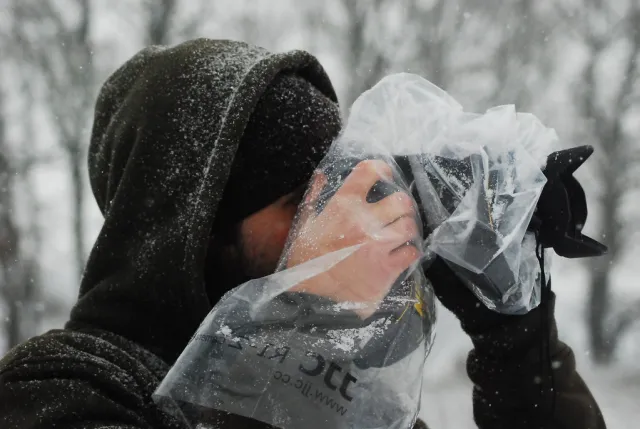
To get the most out of your ATEX inspection camera in subzero temperatures, consider the following best practices:
- Pre-Operation Warm-Up: Gradually acclimate the camera to the cold environment before use. Avoid exposing it to sudden temperature drops, as this can cause condensation and potential damage. Allowing the camera to reach the ambient temperature can help prevent operational issues.
- Protective Measures: Use protective covers or cases to shield the camera from direct exposure to cold and moisture. This extra layer of protection can help maintain the camera’s performance and longevity.
- Routine Maintenance: Regular maintenance is crucial to ensure the camera remains in optimal condition. Inspect seals, connectors, and other components frequently to prevent issues related to cold weather. Regular servicing can help identify and address potential problems before they affect performance.
- Follow Manufacturer Guidelines: Always adhere to the manufacturer’s guidelines for operating in cold conditions. This includes temperature ranges, storage recommendations, and maintenance practices specific to your camera model.
What challenges do ATEX inspection cameras face in subzero temperatures, and how can they be addressed?
ATEX inspection cameras face several challenges when operating in subzero temperatures, primarily related to material brittleness, battery performance, and lens functionality. Cold temperatures can cause materials to become brittle and prone to cracking, while batteries may lose efficiency and capacity, leading to reduced operational time. Additionally, lenses can fog up or freeze, impairing image clarity.
To address these issues, many ATEX cameras are built with high-strength, cold-resistant materials and feature cold-resistant batteries with built-in heaters to maintain performance.To further mitigate these challenges, it is important to follow specific best practices such as allowing the camera to acclimate gradually to avoid condensation and using protective covers to prevent direct exposure to cold and moisture.
Regular maintenance and consulting the manufacturer’s guidelines can also ensure the camera remains in optimal condition. By taking these steps, you can effectively manage the performance of your ATEX inspection camera in subzero temperatures and ensure reliable operation in extreme conditions.
FAQ’s
1.Can ATEX inspection cameras work in very low temperatures?
Yes, many ATEX inspection cameras are built to function in temperatures as low as -20°C (-4°F), with features designed to handle extreme cold.
2.What materials are used in ATEX cameras to withstand cold weather?
ATEX cameras use high-strength polymers and metals that resist brittleness and maintain functionality in freezing conditions.
3.How does cold affect the battery life of ATEX inspection cameras?
Cold temperatures can reduce battery efficiency, but many ATEX cameras feature cold-resistant batteries and heaters to maintain performance.
4.What can I do to prevent lens fogging in cold weather?
ATEX cameras often include heating elements to prevent lens fogging. Using protective covers can also help maintain lens clarity.
5.How should I prepare my ATEX camera for use in subzero temperatures?
Gradually acclimate the camera to the cold environment, use protective covers, and follow the manufacturer’s guidelines to ensure optimal performance.
Conclusion
ATEX inspection cameras are engineered for challenging environments, including subzero temperatures. With robust construction, cold-resistant materials, and advanced features, these cameras deliver reliable performance in freezing conditions. By understanding their capabilities and following best practices, you can ensure your ATEX inspection camera remains dependable for inspections in extreme cold.

